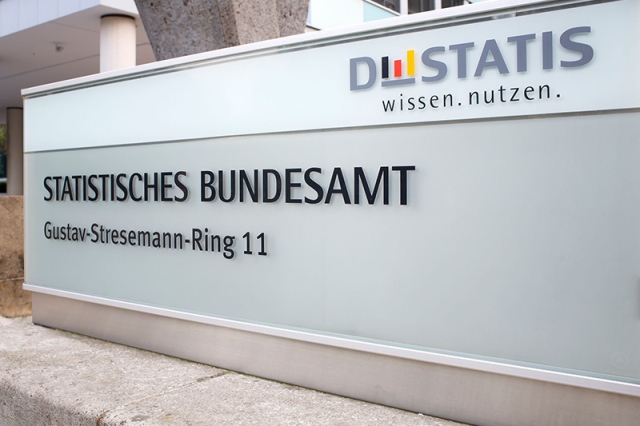The projections of statisticians published by the Federal Statistical Office indicate that the population of the European Union is expected to decrease, despite the arrival of migrants in Europe. Statisticians predict that Europe’s population will decline by 20 million people by 2070. If migration to Europe were to cease and net migration remained constant, the decline would reach 90 million people.
Although the net number of migrants to Europe is 1.2 million people annually, the Federal Statistical Office predicts that this influx will not compensate for the population decline. According to the office, the current population of the European Union, which stands at 451.4 million, is expected to decrease to 432.2 million by 2070, with an annual decline rate of 5.2%. If net migration were to cease entirely, the decline would reach 20%, indicating that migration significantly offsets the population decrease in Europe.
Regarding Germany, it is projected that the population will remain nearly unchanged by 2070. The potential for population growth hinges on an increase in annual net migration. If net migration were to rise by one-third, the growth rate would reach 3.1%, surpassing the current situation.
According to statisticians, the rate of population decline varies in each country of the European Union, and expectations indicate a significant increase in Iceland, Malta, Luxembourg, Sweden, and Ireland, while countries located in Eastern and Southern Europe will decline, and Germany will have a small decline of no more than 0.4% if net migration remains constant.
2.25 million people immigrated to Europe in 2022, according to the European Commission. In the same year, 1.14 million people left Germany. Of all immigrants to Europe, 14.9% are undocumented, and the percentage of Europeans born outside Europe is 8.5% of the total population of the European Union.
Statisticians warn that EU countries will experience a decline in the working-age population, while the number of elderly individuals is projected to increase from 36 per 100 people to 59 per 100 people by 2070. This indicates that the proportion of elderly individuals will reach 30.5%, compared to the current 21.2%. On the other hand, the proportion of individuals under the age of 20 will decrease to 17.9%.





